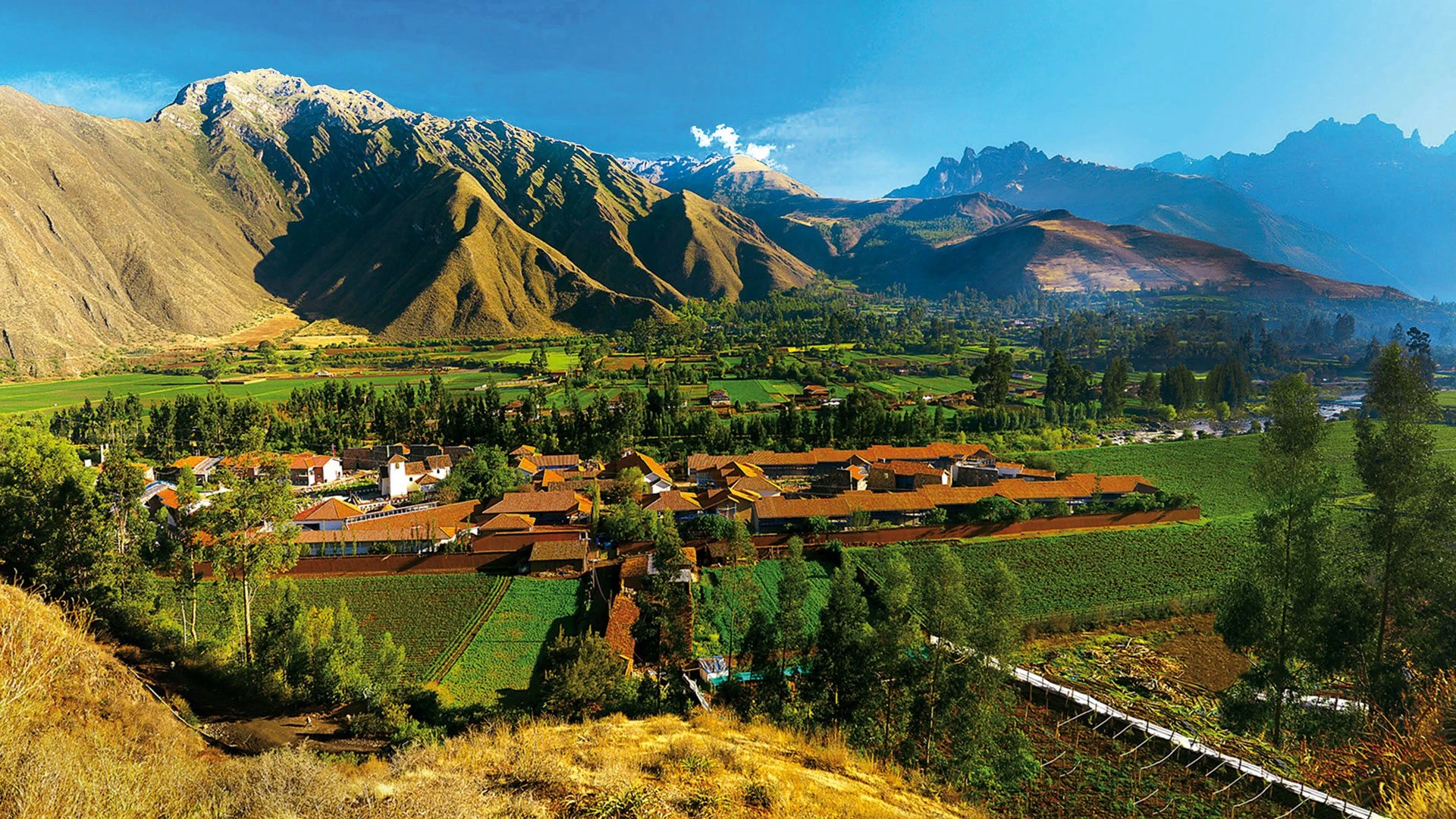
Nestled between the majestic Andes, the Sacred Valley of the Incas in Peru is a must-visit for anyone yearning to delve into the heart of the ancient Incan civilization. This enchanting region, stretching from Pisac to Ollantaytambo, is a tapestry of awe-inspiring landscapes, vibrant cultures, and profound history. Whether you’re a corporate executive squeezing in a quick getaway, a freelance photographer seeking the perfect shot, or an academic researcher on a quest for cultural insights, the Sacred Valley offers an abundance of experiences.
The Sacred Valley, known as “Wilcamayu” in Quechua, was cherished by the Incas for its fertile lands and strategic location. This valley was the breadbasket of the Inca Empire, providing sustenance through its rich agricultural terraces. It was here that the Incas perfected their advanced farming techniques, which can still be seen today in the lush fields and intricate terracing.
The Incas, well-known for their strategic prowess, valued the Sacred Valley of the incas not only for its fertility but also for its defense capabilities. Moreoverer valley’s unique geography allowed for natural fortifications, and its proximity to the Inca capital of Cusco made it a vital stronghold. In fact the presence of numerous archaeological sites, such as Pisac and Ollantaytambo, bears testimony to its importance.
The valley’s natural barriers, such as steep cliffs and river gorges, provided a formidable defense against invaders. These geographical features were ingeniously integrated into the Incan architecture, creating near-impenetrable fortresses. The strategic placement of watchtowers and signal posts across the valley further demonstrates the Incas’ military foresight.
In addition to its defensive advantages, the valley served as a critical hub for trade and communication. The Incan road system, or Qhapaq Ñan, linked the valley to other parts of the empire, facilitating the movement of goods, people, and ideas. This connectivity helped the Incas maintain control over their vast territories and ensured the efficient administration of their empire.
The Incas were master agronomists, and the Sacred Valley was their laboratory. They developed sophisticated terracing systems that maximized arable land and conserved water. These terraces, some of which rise over a thousand meters, are engineering marvels that have stood the test of time.
The Incas’ agricultural innovations included the use of microclimates, which allowed them to cultivate a diverse range of crops. They experimented with different altitudes and orientations to optimize growing conditions, a practice that is still studied by modern agronomists. The variety of crops grown in the valley included potatoes, maize, and quinoa, staples that continue to be central to Andean diets.
The complex irrigation networks developed by the Incas ensured a consistent water supply to their terraces. Channels and aqueducts were meticulously designed to distribute water from rivers and streams throughout the year. These systems not only supported agriculture but also demonstrated the Incas’ deep understanding of their environment.
The Sacred Valley was more than just an agricultural hub; it was a spiritual center. The Incas believed the valley was a reflection of the Milky Way and revered it as a sacred space. This spiritual connection is evident in the construction of temples and ceremonial sites throughout the region.
The valley’s alignment with celestial bodies played a crucial role in Incan religious practices. Temples were often oriented to capture the sun’s rays during solstices and equinoxes, symbolizing the connection between the heavens and the earth. This celestial architecture reflects the Incas’ sophisticated understanding of astronomy.
In addition to its celestial significance, the valley was a place of pilgrimage and worship. Sacred sites, such as the Temple of the Sun in Pisac, attracted devotees from across the empire. These sites were not only religious centers but also places of political and social importance, where leaders would gather for ceremonies and festivals.
Modern-day travelers can explore the Sacred Valley through a variety of day trips and tours, each offering a unique glimpse into the region’s rich history and culture. Whether you’re traversing the valley by foot, bike, or car, there’s a wealth of experiences to discover.
The town is strategically positioned at the confluence of the Patacancha and Urubamba rivers, making it an ideal location for defense and trade. The terraces and storehouses constructed on the surrounding hillsides illustrate the Incas’ advanced engineering skills. Exploring the narrow cobblestone streets offers a step back in time to the era of Incan dominance.

Each terrace at Moray creates its own microclimate, with temperature variations allowing for the cultivation of diverse crops. Scholars suggest that Moray was used to study the effects of climate on agriculture, reflecting the Incas’ scientific approach to farming. The site remains a testament to their ingenuity and adaptability.
The salt mines of Maras consist of thousands of shallow pools fed by a subterranean stream. As the water evaporates, salt is left behind, which is then harvested by local families. The shimmering white salt pans against the mountain backdrop create a picturesque landscape that is both beautiful and functional. You can arrive there by taking ATVs to Maras and Moray for an adventurer’s greater experience.
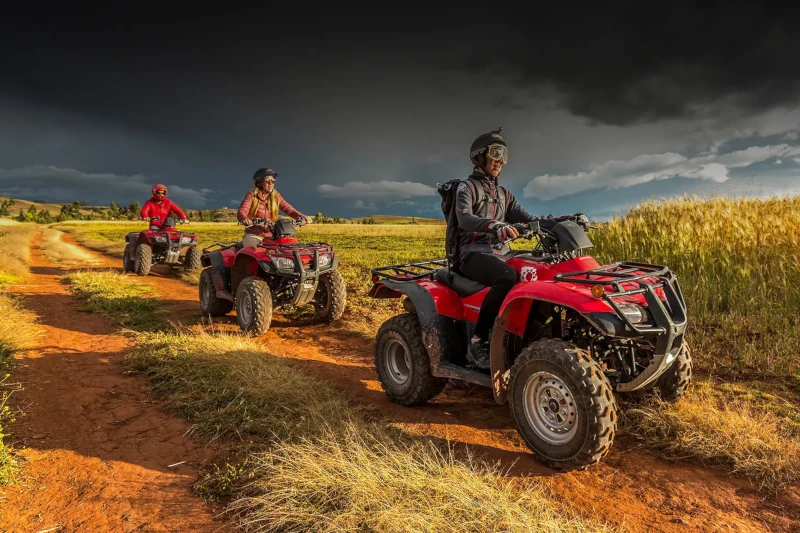
For those with limited time, consider a guided tour that covers multiple sites in one day. This allows you to maximize your experience without feeling rushed. For photographers, early morning or late afternoon visits provide the best lighting conditions for capturing the valley’s natural beauty.
Travelers should wear comfortable walking shoes and bring plenty of water, as the altitude can be challenging for some visitors. It’s also wise to pack layers, as temperatures can fluctuate throughout the day. Engaging with local guides can enrich your understanding of the sites, offering insights into the history and culture that you might otherwise miss.
Consider incorporating a homestay into your itinerary to experience authentic Andean hospitality. Staying with a local family allows you to learn about daily life in the valley and participate in traditional activities. This cultural exchange can deepen your appreciation for the region and its people.
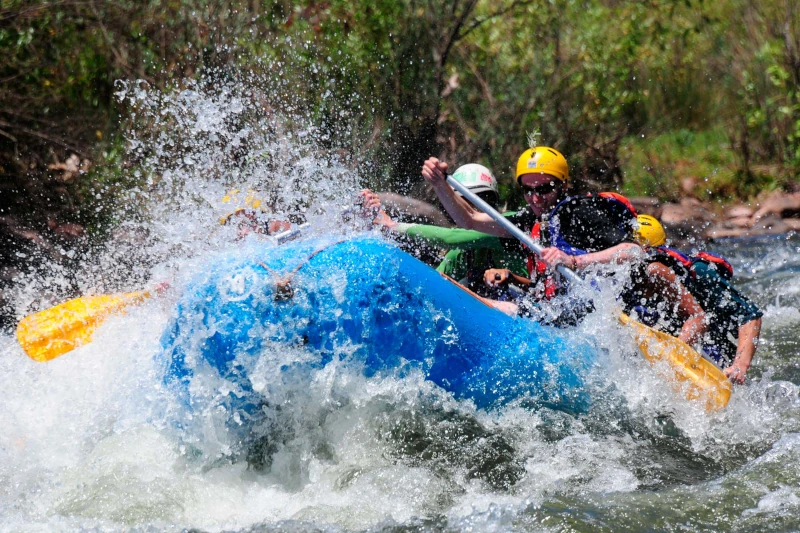
The Sacred Valley is a paradise for adventure seekers, offering activities like trekking, mountain biking, and white-water rafting. The diverse terrain provides opportunities for exploration and adrenaline-pumping experiences.
Trekking routes range from gentle walks to challenging multi-day hikes, catering to all levels of fitness and experience. The famous Inca Trail begins in the Sacred Valley, leading to the awe-inspiring ancient inca Machu Picchu. Mountain biking is another popular option, with trails that traverse the valley’s breathtaking landscapes.
For thrill-seekers, sky bike, white-water rafting in the Urubamba River provides an exhilarating way to see the valley. The river’s rapids vary from gentle currents to challenging torrents, ensuring an exciting adventure for all skill levels.
The Sacred Valley is not just about ancient inca ruins; it’s a living, breathing cultural hub. The local Quechua communities maintain their traditions and customs, offering visitors a chance to immerse themselves in authentic Andean culture.
Participating in community-led tours or workshops can enhance your travel experience. Learn about traditional weaving techniques, try your hand at pottery, or join in a Pachamama ceremony to gain a deeper understanding of the indigenous way of life.
Workshops are often held in local villages, where artisans demonstrate their skills and share stories of their craft. Visitors can try their hand at weaving on traditional looms or shape clay into pottery, gaining hands-on experience with Andean art forms. These activities provide a deeper connection to the culture and a tangible memory of your visit.
Joining a Pachamama ceremony, a ritual honoring Mother Earth, offers a unique insight into the spiritual beliefs of the Quechua people. Participants gather to offer thanks and blessings, often involving music, dance, and traditional food. This immersive experience fosters a sense of community and reverence for nature.
The Sacred Valley is a paradise for food enthusiasts, offering a range of traditional Andean dishes. Don’t miss out on sampling “cuy” (guinea pig), a local delicacy, or “chicha,” a fermented corn drink with deep cultural roots.
Andean cuisine is characterized by its use of fresh, locally sourced ingredients. Potatoes, corn, and quinoa form the foundation of many dishes, reflecting the valley’s agricultural heritage. Traditional meals often feature hearty stews, grilled meats, and vibrant salsas, offering a taste of the region’s rich culinary tradition.
Dining at a local “picantería,” or traditional eatery, provides an authentic culinary experience. These establishments serve homemade dishes in a communal setting, encouraging interaction with locals and fellow travelers. Sampling local specialties and sharing stories over a meal is a highlight of any visit to the Sacred Valley.
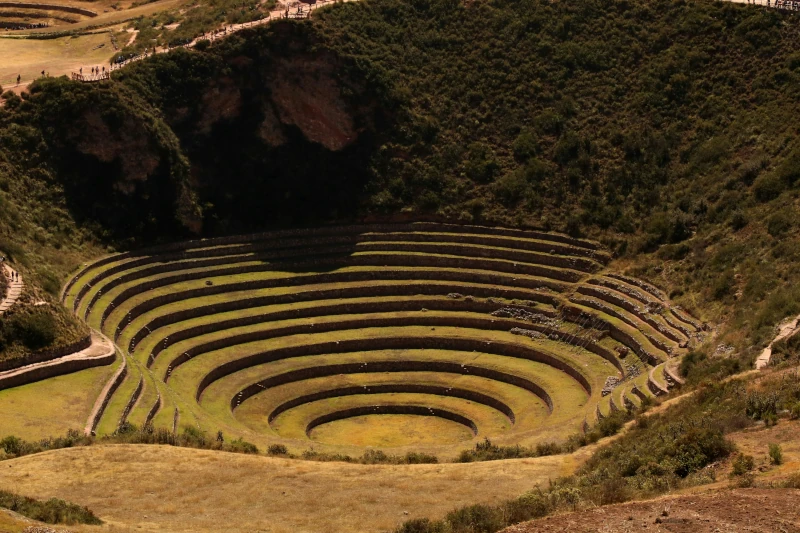
The best time to visit Cusco and explore the Sacred Valley is during the dry season, from May to October, when the weather is pleasant and the skies are clear. However, visiting during the rainy season has its own charm, with fewer crowds and lush, green landscapes.
During the dry season, temperatures are moderate, and the risk of rain is low, making it ideal for outdoor activities. The clear skies offer spectacular views of the surrounding mountains and valleys. However, this is also the peak tourist season, so popular sites can be crowded.
The rainy season, from November to April, transforms the valley into a verdant paradise, with blossoming flora and flowing rivers. While there is a greater chance of rain, the reduced number of visitors allows for a more tranquil experience. Travelers should be prepared for occasional downpours and muddy trails but will be rewarded with a more intimate connection to the landscape.
Most travelers access the Sacred Valley via Cusco, which is well-connected by air to major cities. From Cusco, you can hire a private car, join a tour group, or take public transportation to reach the valley.
The drive from Cusco to the Sacred Valley offers stunning scenery, with winding roads that reveal breathtaking views at every turn. Hiring a private car provides flexibility and comfort, allowing you to explore at your own pace. Tour groups offer guided experiences with knowledgeable guides, while public transportation offers an affordable option for budget-conscious travelers.
Trains also connect Cusco to several destinations within the valley, offering a scenic and comfortable journey. The train ride to Aguas Calientes, the gateway to Machu Picchu, is a popular choice for those wishing to extend their exploration beyond the valley.
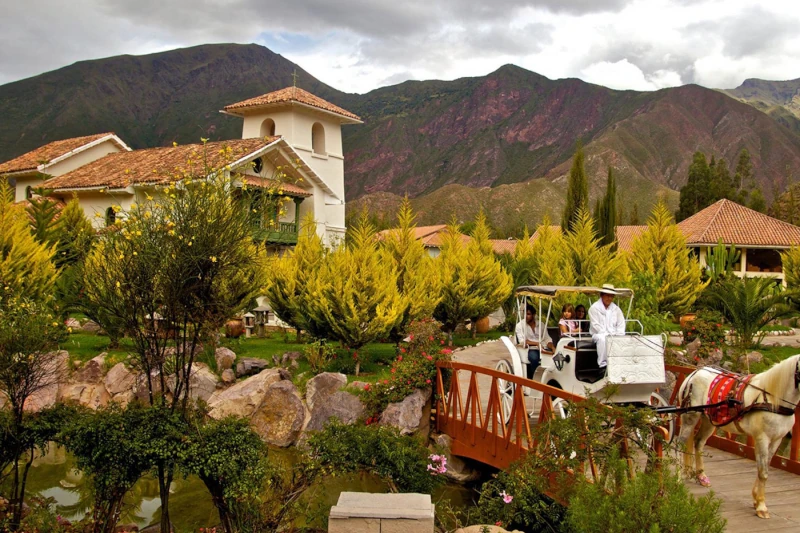
From luxury hotels to cozy homestays, the Sacred Valley offers a range of accommodations to suit different preferences and budgets. Staying in the valley provides a peaceful retreat and a chance to fully immerse yourself in the surroundings.
Luxury hotels offer world-class amenities, including spas, gourmet dining, and guided excursions. These establishments provide a lavish experience for those seeking comfort and convenience. Many are situated in stunning locations, offering panoramic views of the valley and its majestic peaks.
For a more authentic experience, consider staying in a locally run guesthouse or homestay. These accommodations offer a glimpse into daily life in the valley and provide opportunities to interact with local families. Homestays often include meals and cultural activities, enriching your understanding of the region.
Budget travelers can find affordable hostels and lodges, providing basic amenities and a friendly atmosphere. These accommodations are ideal for meeting fellow travelers and sharing experiences, making them a popular choice for backpackers and solo adventurers.
The Sacred Valley of the Incas is a captivating destination that seamlessly weaves together history, culture, and breathtaking natural beauty. Whether you’re seeking relaxation, adventure, or cultural enrichment, this remarkable region offers a journey like no other. With its rich tapestry of experiences, the Sacred Valley invites you to step back in time and explore the heart of the Incan civilization.
Embark on your adventure with confidence, armed with the knowledge and insights shared here. The Sacred Valley awaits, ready to reveal its secrets to those who venture into its embrace. Whether it’s the whisper of ancient legends or the vibrant pulse of contemporary Andean life, the valley promises memories that will linger long after you depart.